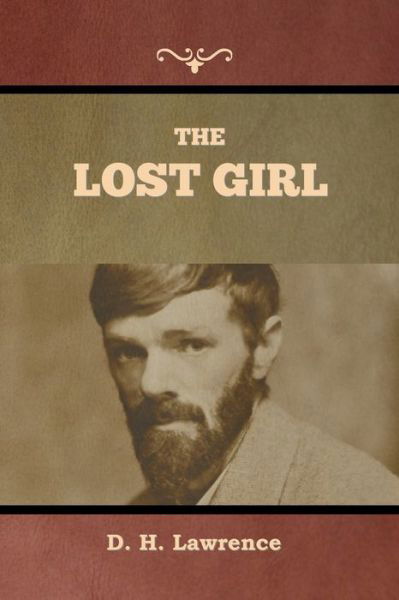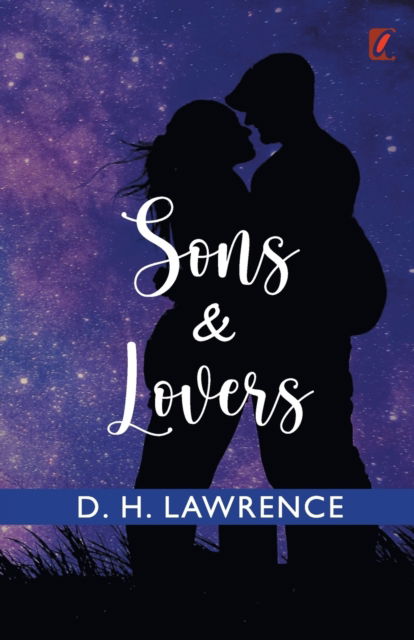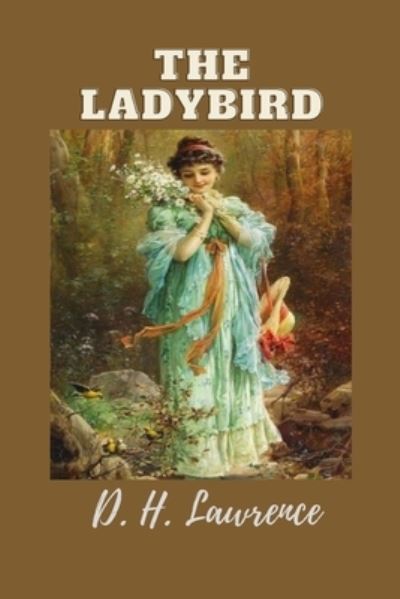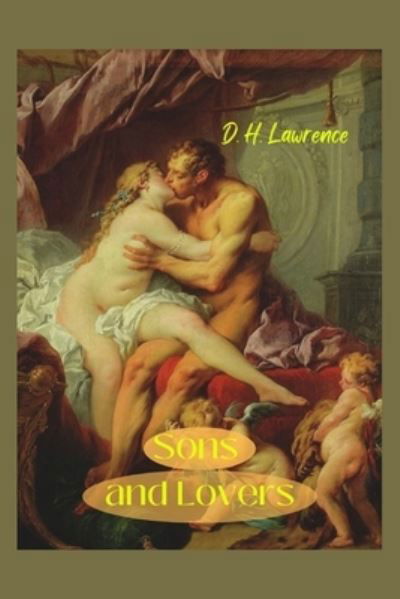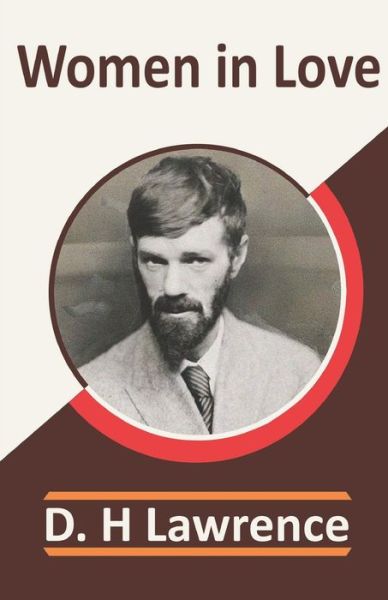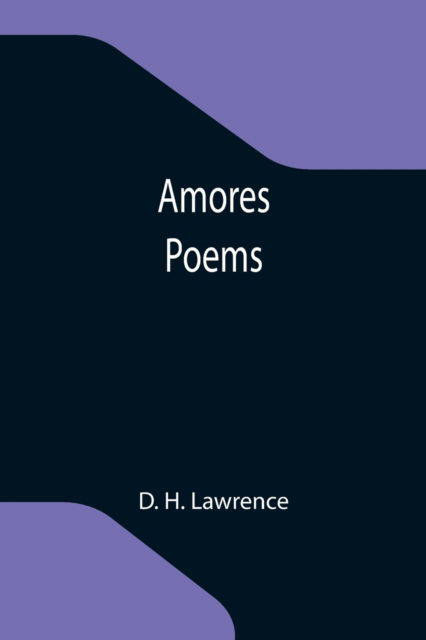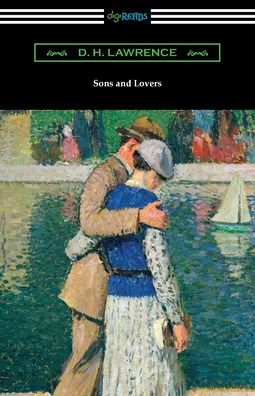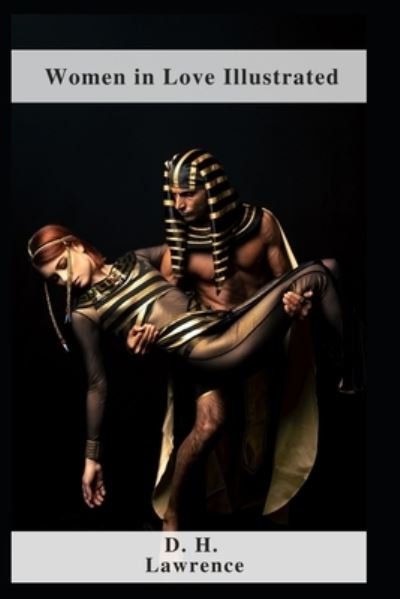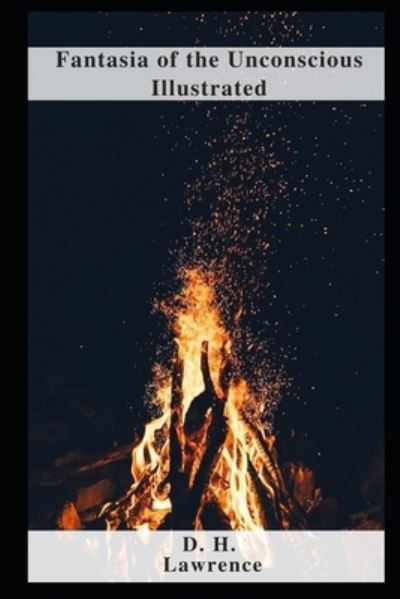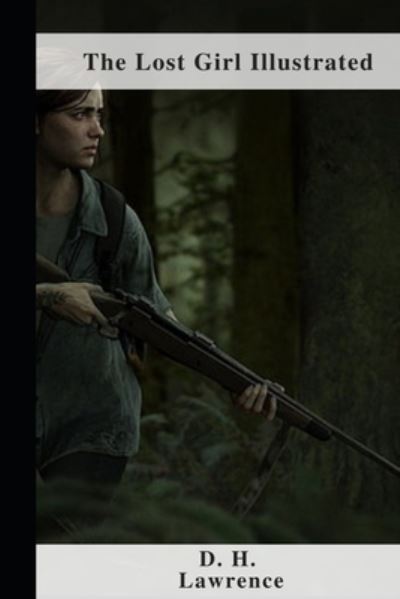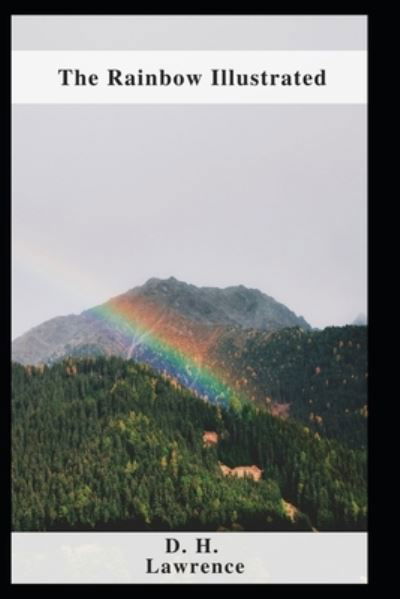
Tell your friends about this item:
The Lost Girl (1920) A NOVEL by D. H. Lawrence Original edition
D H Lawrence
The Lost Girl (1920) A NOVEL by D. H. Lawrence Original edition
D H Lawrence
he Lost Girl is a novel by D. H. Lawrence, first published in 1920. It was awarded the 1920 James Tait Black Memorial Prize in the fiction category. Lawrence started it shortly after writing Women in Love, and worked on it only sporadically until he completed it in 1920. Alvina Houghton, the daughter of a widowed Midlands draper, comes of age just as her father's business is failing. In a desperate attempt to regain his fortune and secure his daughter's proper upbringing, James Houghton buys a theater. Among the traveling performers he employs is Ciccio, a sensual Italian who immediately captures Alvina's attention. Fleeing with him to Naples, she leaves her safe world behind and enters one of sexual awakening, desire, and fleeting freedom. David Herbert Richards Lawrence (11 September 1885 - 2 March 1930) was an English novelist, poet, playwright, essayist, literary critic and painter who published as D. H. Lawrence. His collected works, among other things, represent an extended reflection upon the dehumanising effects of modernity and industrialisation. In them, some of the issues Lawrence explores are emotional health, vitality, spontaneity and instinct. Lawrence's opinions earned him many enemies and he endured official persecution, censorship, and misrepresentation of his creative work throughout the second half of his life, much of which he spent in a voluntary exile which he called his "savage pilgrimage". At the time of his death, his public reputation was that of a pornographer who had wasted his considerable talents. E. M. Forster, in an obituary notice, challenged this widely held view, describing him as, "The greatest imaginative novelist of our generation." Later, the influential Cambridge critic F. R. Leavis championed both his artistic integrity and his moral seriousness, placing much of Lawrence's fiction within the canonical "great tradition" of the English novel. The fourth child of Arthur John Lawrence, a barely literate miner at Brinsley Colliery, and Lydia (née Beardsall), a former pupil teacher who, owing to her family's financial difficulties, had to do manual work in a lace factory, Lawrence spent his formative years in the coal mining town of Eastwood, Nottinghamshire. The house in which he was born, in Eastwood, 8a Victoria Street, is now the D. H. Lawrence Birthplace Museum. His working-class background and the tensions between his parents provided the raw material for a number of his early works. Lawrence would return to this locality and often wrote about nearby Underwood, calling it; "the country of my heart,"as a setting for much of his fiction. Despite common misconception he is not related to T. E. Lawrence.
| Media | Books Paperback Book (Book with soft cover and glued back) |
| Released | May 26, 2016 |
| ISBN13 | 9781533461995 |
| Publishers | Createspace Independent Publishing Platf |
| Pages | 232 |
| Dimensions | 203 × 254 × 12 mm · 467 g |
| Language | English |
More by D H Lawrence
See all of D H Lawrence ( e.g. Paperback Book , Hardcover Book , CD , MP3-CD and MERCH )


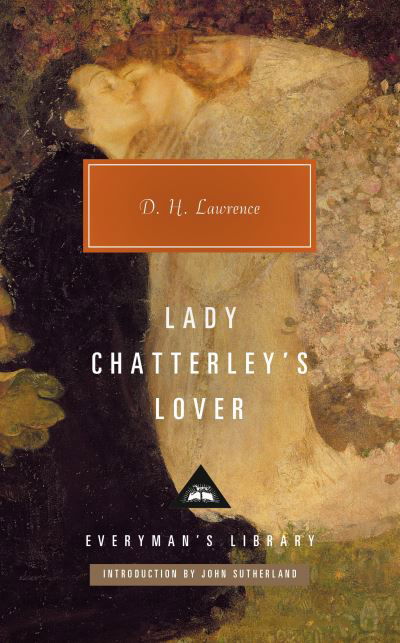

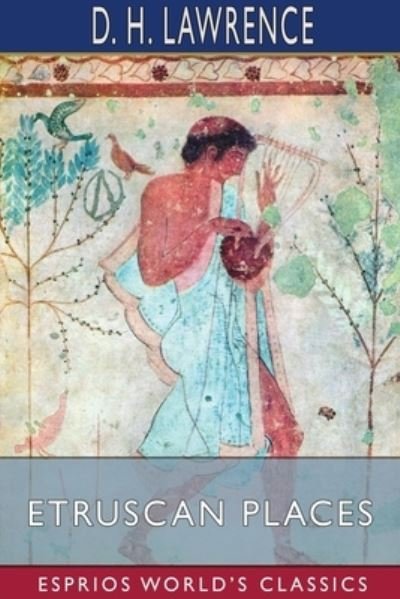










![Cover for D H Lawrence · Studies in Classic American Literature (Paperback Book) [Warbler Classics Annotated edition] (2023)](https://imusic.b-cdn.net/images/item/original/857/9781959891857.jpg?d-h-lawrence-2023-studies-in-classic-american-literature-paperback-book&class=scaled&v=1698756170)



